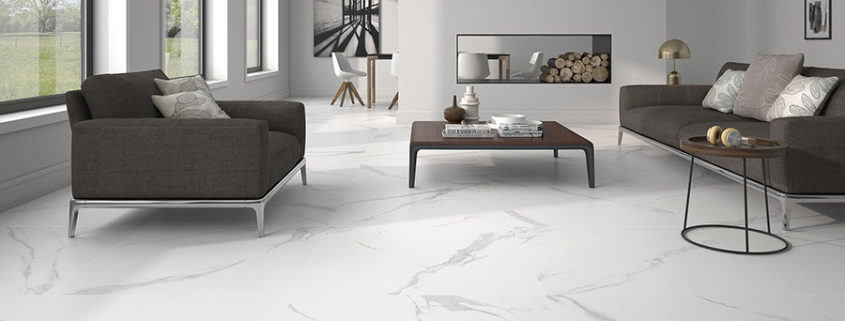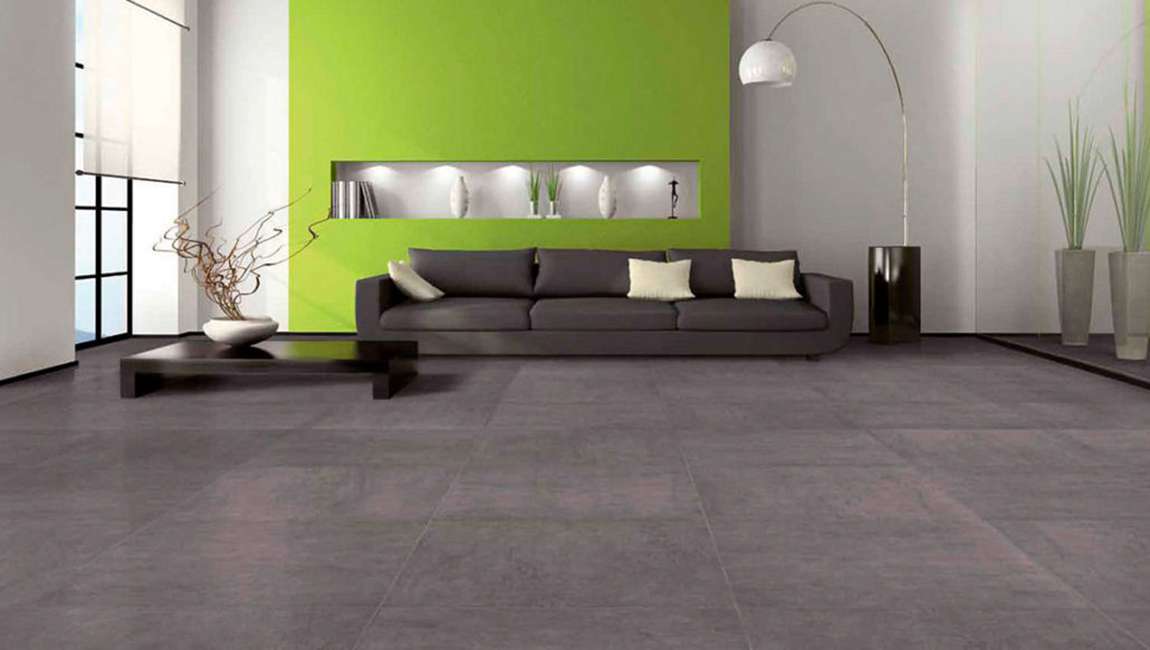The Knowledge Before Install Floor Tile
Installing a tile floor can be time-consuming work. For those on a busy schedule, it can take a week to get the whole project accomplished. However, the process itself is straightforward and the end result is well worth the effort you put in. See Step 1 for more information on how to do DIY tile layout with minimal experience and lots of fun.
Laying Down a Cement Board. Install cement board first if you’re dealing with just a subfloor. While it’s possible to lay wood tile directly on plywood subfloor, it’s certainly not recommended. Plywood subfloor won’t bond as surely with thinset as cement board will; neither will it provide as even and stable of a surface for the common marble tile. Cement board will probably be a bit more expensive and will add time to your project, but the investment is totally worth it. Tile done right requires a solid substrate.
The cement tiles in mortar and grout is a serious chemical and you need proper safety gear. Cement can cause first degree burns, eye injury from dust or wet cement getting into your eyes and also can sometimes cause lifelong chromium sensitization, so be safe EVERY time and wear alkali-resistant waterproof gloves, long sleeves and long pants (unlike the pictures in this article, which don’t follow proper safety guidelines!) and waterproof or thick shoes. Wear goggles with side protectors and a ventilator at LEAST when pouring mortar to mix it, preferably throughout the project – remember, if mortar gets into your eyes, even once, you’ll have to flush with water for 20 minutes and may need a trip to the hospital. Don’t wash mortar off with normal soap (special pH neutral soap can be used). Make sure there’s nowhere mortar can get inside and get trapped against your skin. Rinse any mortar that touches your skin off right away, and keep vinegar on hand to neutralize.
Lay down some latex-modified thinset mortar onto the subfloor.If you’re mixing mortar from scratch, add enough water to the dry mortar so that the final consistency resembles peanut butter. Then, let the mortar slake, or rest, for 10 minutes. Use a trowel with notches about the same size as the cement board thickness to lay down the mortar. Lay only enough mortar that you can safely cover in about 10 minutes. This is the time it will take the mortar to start hardening.
Press down the cement board onto the subfloor and attach with cement board screws. Starting in one corner, press the cement board down to the subfloor using your own weight. Drill the cement board screws into the board to fasten the board to the subfloor. Screw about every 8 inches (20.3 cm) around the edge of the board and every 10–12 inches (25.4–30.5 cm) in the center of the board.
Continue laying mortar and cement board onto the subfloor, staggering the end joints so that they don’t line up. For added strength, make sure that the end joints don’t form one continuous line. This means that you might need to lay one line of cement board starting on one side of the room, and then start the next line on the opposite side of the room.
















